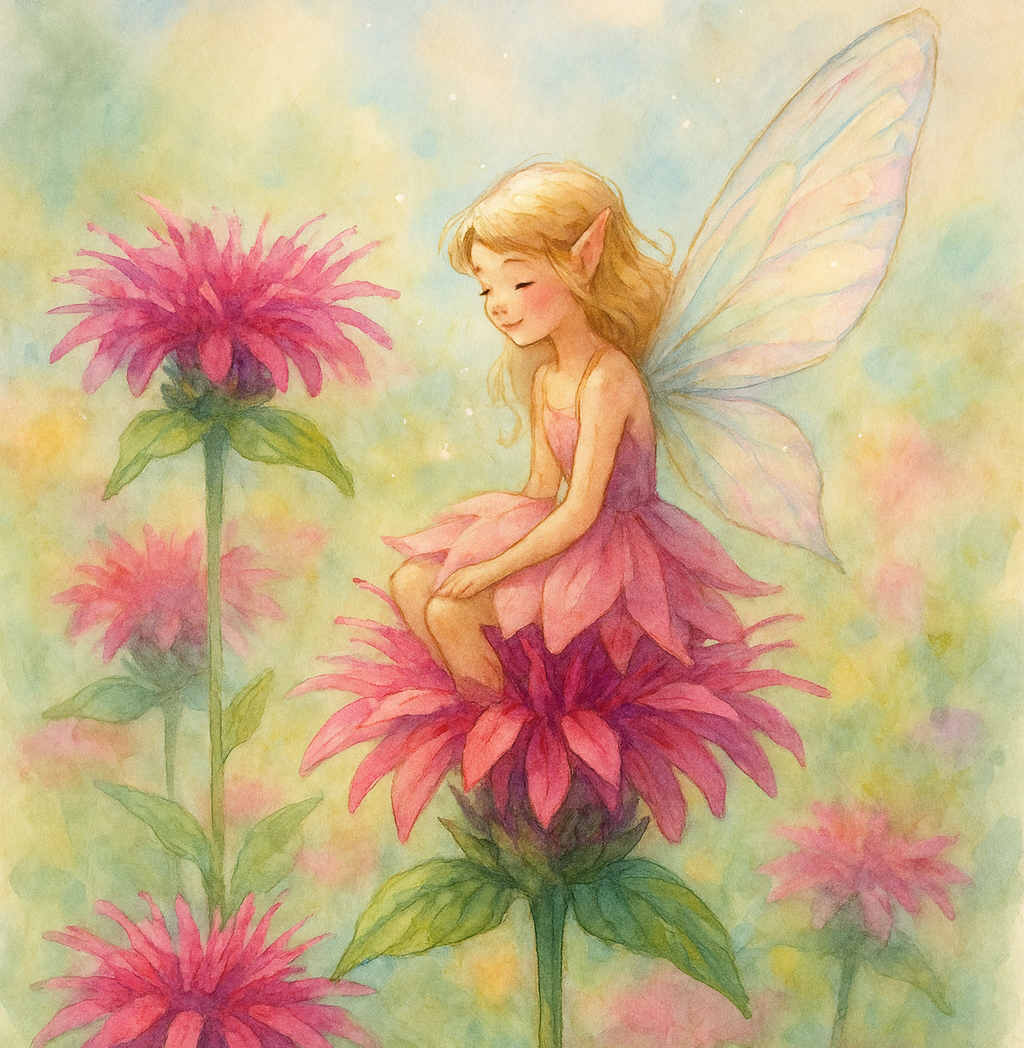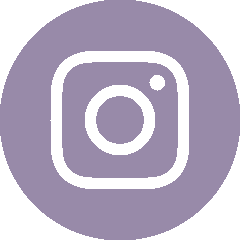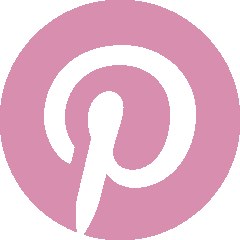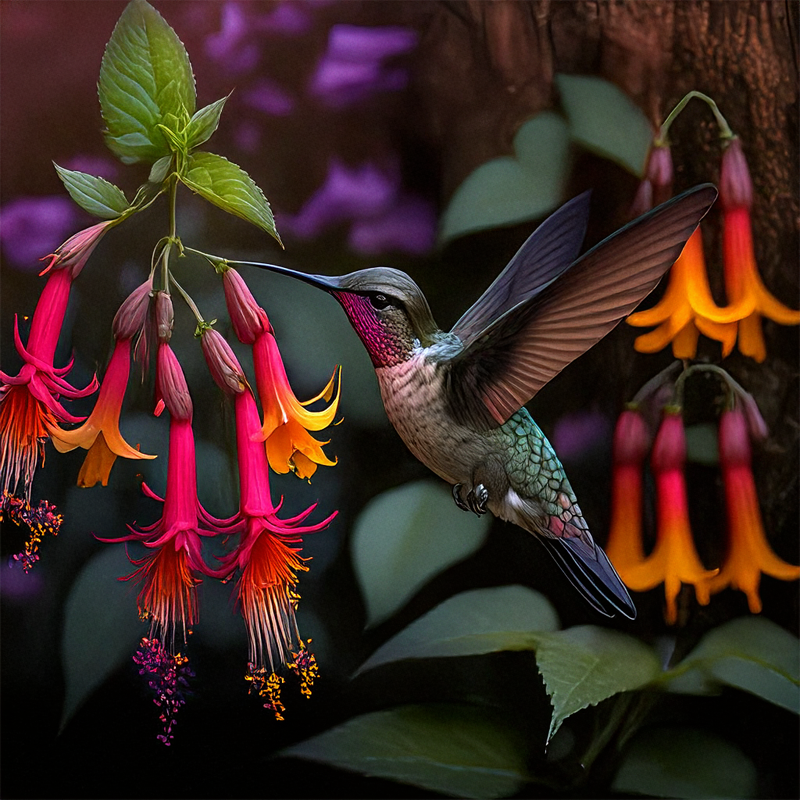Bee Balm Care Guide: Grow a Garden That Hummingbirds and Fairies Will Love | A Bug & A Bean
By a Bug & a Bean | Posted on 2025-07-01Garden with a bug & a bean and learn how to grow and care for bee balm, a colorful flower that attracts hummingbirds, butterflies, and maybe a fairy or two. Easy tips + pet safety info!
Post TagsFAIRY GARDEN GARDENING HUMMINGBIRDS
This post may contain affiliate links. If you make a purchase through one of our affiliate links, we may receive a small commission at no additional cost to you.

Table of Contents
- Bee Balm Care Guide: How to Grow This Magical, Hummingbird-Loving Flower
- 🪻 What Is Bee Balm?
- 🌞 How to Grow and Care for Bee Balm
- When to Plant Bee Balm
- Bee Balm FAQ
- 🌸 Is Bee Balm Right for Your Garden?
Bee Balm Care Guide: How to Grow This Magical, Hummingbird-Loving Flower
If you're dreaming of a garden filled with color, hummingbirds, and a hint of fairy magic, bee balm might be your new favorite flower. With vibrant blooms that look like miniature fireworks and a scent that draws both pollinators and imagination, bee balm is a must-have in any magical or family-friendly garden.
In this post, you'll learn:
- What bee balm is and why it's so special
- How to plant and care for bee balm
- Whether it’s safe for pets
- How it attracts hummingbirds
- Why garden fairies adore it
Save this whimsical garden idea!
Don't lose this idea. Save it with your favorite garden ideas on Pinterest.
Bee Balm

🪻 What Is Bee Balm?
Bee balm (Monarda didyma and Monarda fistulosa) is a flowering perennial herb in the mint family, known for its shaggy, firework-like blooms and fragrant leaves. Native to North America, it’s sometimes called bergamot, Oswego tea, or wild bee balm. It comes in shades of red, pink, purple, and white, but the most popular color for hummingbirds is a bold, fiery red.
✨ Magical Benefits of Growing Bee Balm
- Its tubular flowers attract hummingbirds
- It is a great addition for pollinator gardens because it draws in bees and butterflies
- It has aromatic leaves that you can even use in herbal teas
- Its beautiful and whimsical blooms look like tiny fireworks
- It is deer-resistant and low maintenance once established
🌞 How to Grow and Care for Bee Balm
Sunlight:
Bee balm thrives in full sun (6–8 hours daily). It can tolerate partial shade, especially in hotter climates, but it may not bloom as profusely.
Soil:
Bee balm, prefers rich, well-drained soil, but tolerates clay if drainage is good. Add compost before planting for best results.
Watering:
Keep soil evenly moist, especially during dry spells. Water at the base of the plant to avoid mildew.
Spacing:
Plant 18–24 inches apart. Bee balm can spread quickly, so leave room or divide it every 2–3 years to keep it tidy.
Maintenance:
- Deadhead spent flowers to encourage more blooms
- Cut back after the first frost
- Divide clumps in spring or fall if the center starts to die out
Fairy Care Tip!

When to Plant Bee Balm
The best time of year to grow bee balm is in the spring or early fall, depending on how you're planting it:
Growing Bee Balm from Seeds
- Start indoors: 6–8 weeks before your last expected spring frost
- Direct sow outdoors: After the danger of frost has passed (late spring)
Growing from Transplants or Divisions
- Early spring is ideal — gives the plant a full growing season to establish
- Early fall is also fine in mild climates — aim to plant at least 6–8 weeks before first frost
Bee Balm FAQ
Can Bee Balm Grow in a Humid Climate?
Yes, but it will require special care. Monarda punctata (Spotted Bee Balm) is much better suited to hot, humid conditions. Common varieties like Monarda didyma may struggle with intense heat and humidity unless grown in cooler seasons or shaded spots. Humidity can lead to powdery mildew, a common problem for bee balm. Make sure to space plants well and avoid overhead watering.
🱠Is Bee Balm Safe Around Cats?
Good news! Bee balm is non-toxic to cats and dogs, according to the ASPCA. Still, it’s best to discourage nibbling, especially if you've used any pesticides or herb treatments nearby.
🦠Does Bee Balm Attract Hummingbirds?
Yes! Bee balm is one of the best native flowers for attracting hummingbirds. The bright red, tubular blooms are a perfect fit for their long beaks. You’ll often spot hummingbirds hovering and sipping, especially in mid to late summer when bee balm is in full bloom.
Pro tip: Red varieties like Monarda didyma are the most attractive to hummingbirds.
🧚â€â™€ï¸ Why Do Fairies Love Bee Balm?
According to garden lore, bee balm is beloved by garden fairies because:
- The shaggy petals look like fairy skirts dancing in the wind
- The sweet scent is used in fairy perfumes and teas
- Hummingbirds are fairy companions. Where hummingbirds gather, fairies are never far behind
Place a tiny fairy door or painted rock nearby, and you just might invite a fairy to tend the blooms while you're not looking.

🌸 Is Bee Balm Right for Your Garden?
If you're looking to attract hummingbirds, brighten your yard, and add a little enchantment, bee balm is the perfect plant. It’s easy to grow, magical to look at, and safe for curious pets — a win for every kind of garden.
Want to create a whole fairy garden theme? Pair bee balm with columbine, fuchsia, and trumpet vine for a blooming paradise that both birds and fairies will love.
Join the Crafty Creator Club ✨
Get exclusive access to free printables, special discounts, custom template access codes, and creative inspiration.
Join the Magic a Bug & a Bean
a Bug & a Bean







